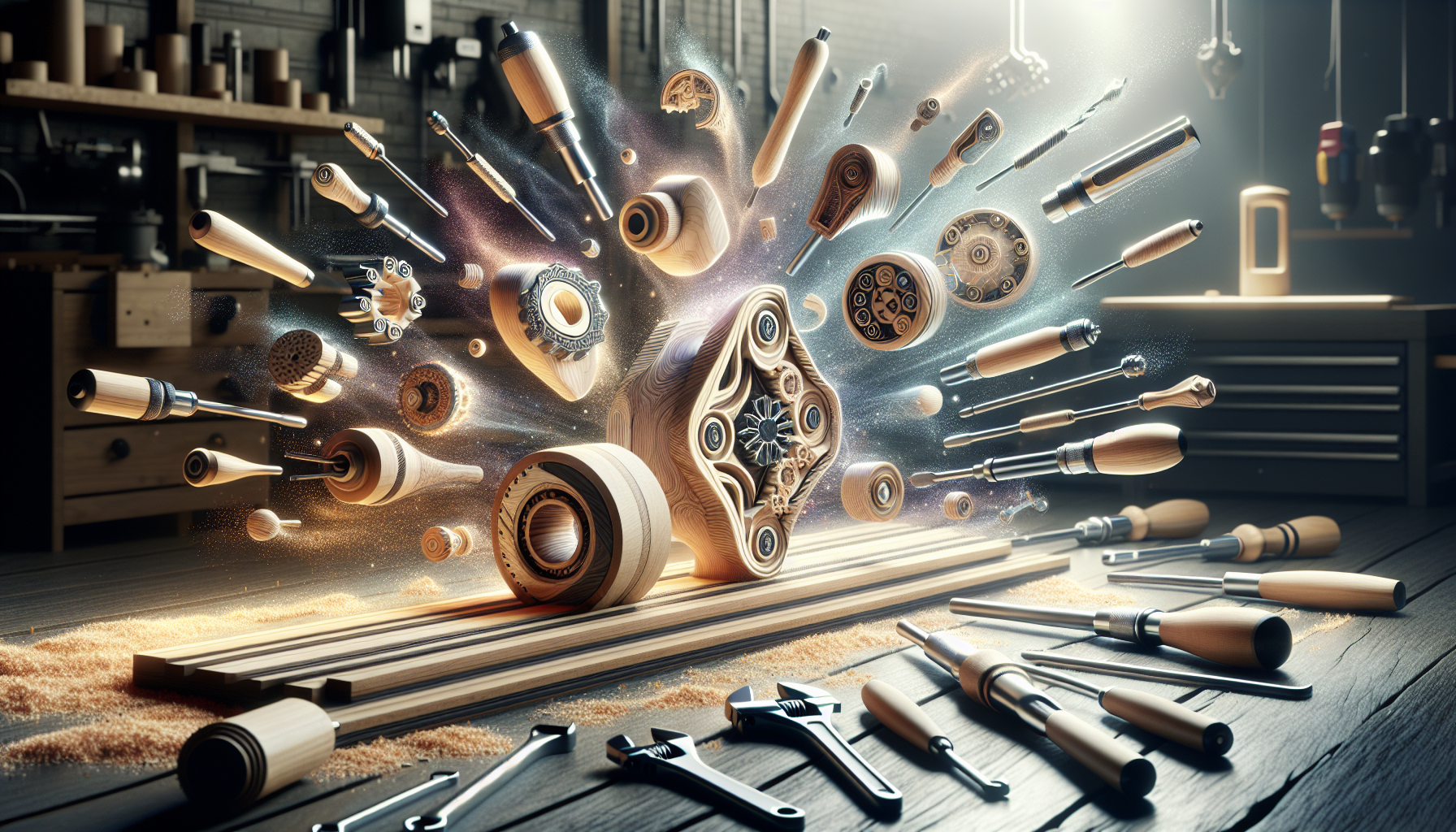Every woodworker, be it a beginner or an expert, knows that a well-arranged workspace is the backbone of any project’s success. Having a systematic workshop not only fosters efficiency but also promotes safety, a crucial consideration in any woodworking task. This article will delve into the significance of harmony and organization in a woodworking workspace and provide tried-and-tested tips on achieving it.
Ideal Workshop Layout: A Crucial Starting Point
A poorly planned woodworking shop leads to inefficiency, loss of motivation, and can even be a safety hazard. An ideal workshop layout often depends on individual preference, the type of projects, and space availability. However, there are universal guidelines that, when followed, can significantly enhance your woodworking experience.
An excellent starting point is placing the most frequently used tools within an arms’ reach, also known as the ‘work triangle.’ This philosophy, borrowed from kitchen design, suits the woodworking workshop perfectly. The idea is to create a triangle between your bench, the tool storage area, and the primary workstation. That way, you have easy access to everything you need while maintaining a clear workspace.
Another important aspect is ensuring there’s enough room to maneuver materials, specifically when working on larger projects. Keeping an open area around machines like the table saw allows you to feed in materials without restriction.
Clever Storage Solutions: The Key to an Organized Workspace
Every square inch is valuable in a workshop. A cluttered room where you have to step over tools or move things around all the time is a recipe for inefficiency and accidents. Clever storage solutions can help you get the most out of your space.
For example, consider installing adjustable shelves that can accommodate anything from small handheld tools to larger items. Pegboards are also a great way to organize your tools in a visibly appealing way while keeping them handy. A rolling cabinet or a workbench with storage might also be a fantastic addition to your space.
Keeping your workspace organized is also aided significantly by labeling storage spaces, which can significantly speed up the workflow. Not only will you quickly find what you are looking for, but you will also know where to return an item after using it. All these storage practices are fundamental in establishing and maintaining order in your workshop.
A Clean Workshop: Promoting Efficiency and Safety
Cleaning is an often overlooked but essential part of woodworking. A dirty and cluttered workspace can quickly become a dangerous environment, posing risks of slips and falls, fires, and even respiratory problems due to accumulated dust.
A good bench brush is an excellent investment to keep your workspace tidy. Regularly clean your power tools, get rid of shavings, and periodically give your workshop a thorough sweep. A good respirator mask should also be part of your essential toolbox to protect you from harmful dust when doing your cleaning.
Another crucial safety practice in any workshop is ensuring that all cutting tools are properly stored. Sharp tools left carelessly around the workshop can cause injuries. Storing them correctly also prolongs their lifespan by reducing the risk of chipping and rusting.
Personalizing Your Space: Milestones and Accomplishments
A well-organized workspace yields more than just practical benefits. An orderly workshop also turns into a place of inspiration, a haven where you can fully engage your creativity. Consider personalizing your space with completed projects and milestones — these serve as proud reminders of your skills and inspiration for future projects.
Workshop aesthetics also play an overlooked part in boosting your mood and, consequently, your productivity. A fresh coat of paint, proper lighting, or even a small corner with refreshments or a radio can make a huge difference.
Remember, you are creating a space you will spend significant time in, so make it comfortable. Personalize it to your liking so that each time you walk in there, it’s not just stepping into a workshop: it’s stepping into your own creative paradise.
Final Thoughts: Harmonization for Success
In conclusion, planning and organization are often underappreciated elements of a successful woodworking project. They not only enhance efficiency but also offer safety and create a more enjoyable working environment. A harmonious workspace is the first step towards mastering the craft of woodworking.
Whether you’re designing a treehouse, crafting a bookshelf, or envisioning your next masterpiece, remember, a good workspace can be your best tool. So, pull on your boots, roll up your sleeves, and let’s create some extraordinary woodwork in a well-arranged and efficient workshop!







